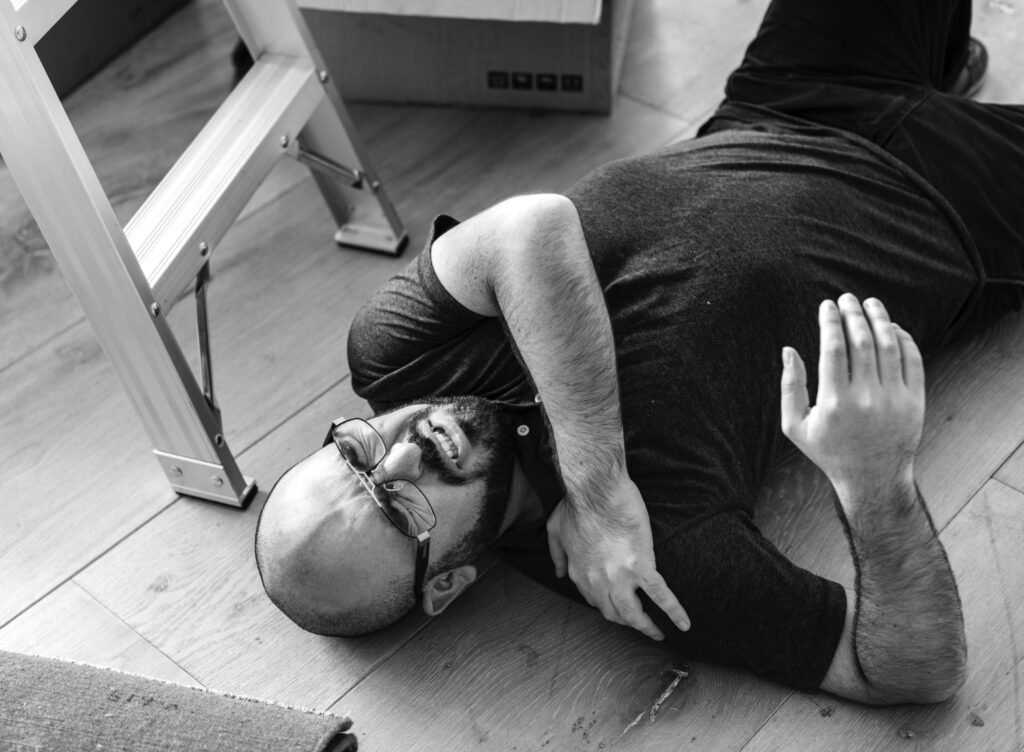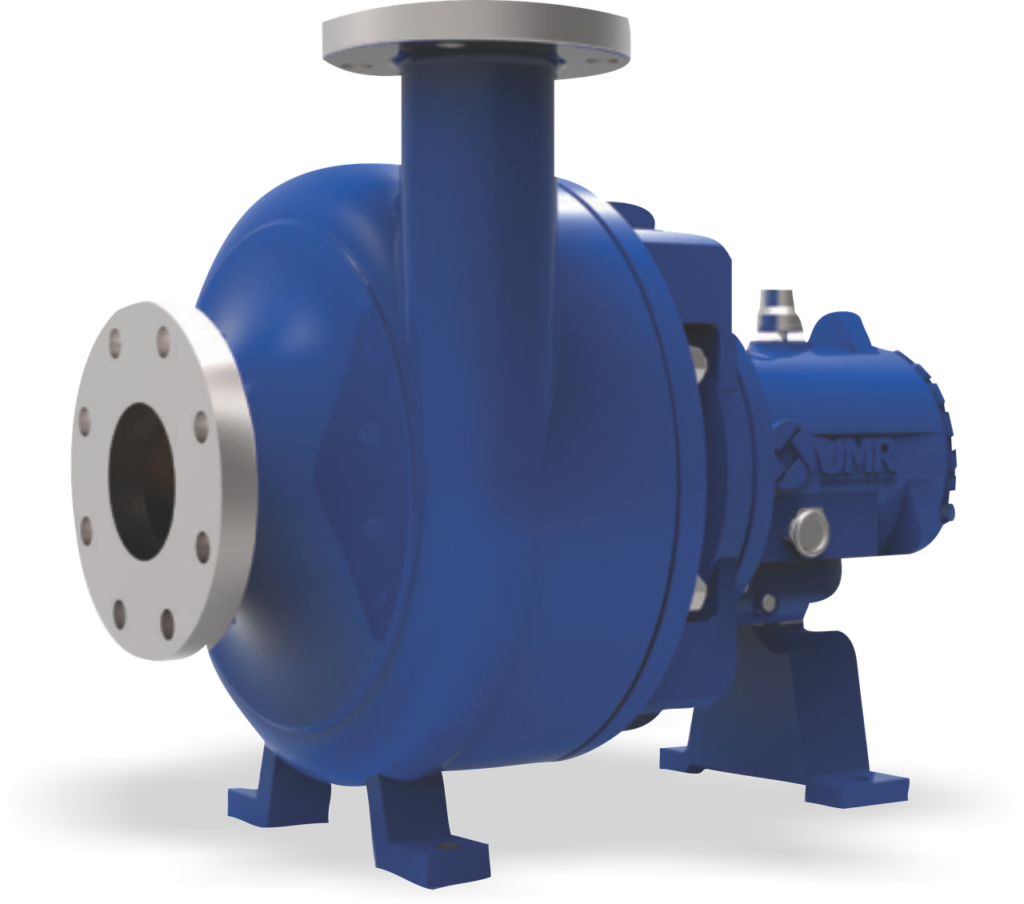Steps to Take If You Are Injured in a Slip-and-Fall Accident

Slip-and-fall accidents can happen when you least expect them, and the resulting injuries may range from minor bruises to serious fractures, head trauma, or long-term disabilities. Whether it occurs at a grocery store, in the workplace, or on a poorly maintained sidewalk, a slip-and-fall accident can leave you facing medical expenses, lost wages, and pain and suffering. In such cases, understanding the steps to take after the accident is crucial to protect your health and preserve your legal rights.
This article outlines the essential steps you should follow if you’re injured in a slip-and-fall accident, including seeking medical attention, documenting the scene, and understanding how an attorney can help with your case.
Table of Contents
- 1. Seek Immediate Medical Attention
- 2. Report the Accident
- 3. Document the Scene of the Accident
- 4. Keep Detailed Records of Your Expenses
- 5. Avoid Speaking to Insurance Adjusters Without Legal Counsel
- 6. Understand the Importance of Proving Negligence
- 7. Consult with a Personal Injury Attorney
- 8. Time Limits for Filing a Claim
- 9. How a Kent Injury Attorney Can Help
1. Seek Immediate Medical Attention
Your health and safety should be your top priority after any slip-and-fall accident. Even if your injuries seem minor, it is essential to seek medical attention immediately. Sometimes injuries, especially internal ones, may not be apparent right away. Additionally, having a medical evaluation creates a formal record of your injuries, which can be valuable evidence if you decide to pursue legal action later.
2. Report the Accident
Once you’ve addressed any immediate medical concerns, it’s important to report the slip-and-fall accident to the property owner, manager, or landlord. If the accident occurs in a commercial location such as a store or restaurant, ask for the name of the person in charge and provide them with a detailed account of what happened.
3. Document the Scene of the Accident
Collecting evidence at the scene of the accident is a critical step in building a strong personal injury case. This documentation can help establish liability and prove that the property owner was negligent in maintaining a safe environment. If possible, take the following steps:
4. Keep Detailed Records of Your Expenses
After a slip-and-fall accident, you may face significant financial burdens, from medical bills to lost income due to time off work. It’s important to keep detailed records of all expenses related to your injuries, as this information will be necessary when calculating the compensation you are entitled to.
5. Avoid Speaking to Insurance Adjusters Without Legal Counsel
After a slip-and-fall accident, you may be contacted by the responsible party’s insurance company. While it may seem like the insurance adjuster is trying to help you, their main goal is to minimize the amount the insurance company has to pay. For this reason, it’s crucial to avoid providing any statements or signing any documents without first consulting an attorney.
6. Understand the Importance of Proving Negligence
To successfully pursue compensation in a slip-and-fall case, you must prove that the property owner or manager was negligent in maintaining a safe environment. This involves demonstrating the following key elements:
7. Consult with a Personal Injury Attorney
Slip-and-fall accidents can be legally complex, particularly when it comes to proving liability and negotiating with insurance companies. Consulting with an experienced personal injury attorney is one of the most important steps you can take to protect your rights and maximize your chances of receiving fair compensation.
8. Time Limits for Filing a Claim
If you are injured in a slip-and-fall accident, it’s important to be aware of the statute of limitations, which is the legal time limit you have to file a personal injury claim. In most states, the statute of limitations for slip-and-fall cases is typically between two and three years from the date of the accident. Failing to file a claim within this timeframe could result in the loss of your right to seek compensation.
9. How a Kent Injury Attorney Can Help
If you’ve been injured in a slip-and-fall accident in Washington, hiring a Kent injury attorney can make all the difference in your case. A local attorney will be familiar with Washington State’s laws and procedures, and they will work to ensure that your case is handled efficiently and effectively.
If you’ve been injured in a slip-and-fall accident, taking the right steps after the incident is essential to protect your health and legal rights. Seeking medical attention, documenting the accident, and consulting with an experienced attorney will help ensure you receive fair compensation for your injuries. A Kent, Washington personal injury attorney can guide you through the legal process and fight on your behalf, allowing you to focus on your recovery while they handle the complexities of your case.
